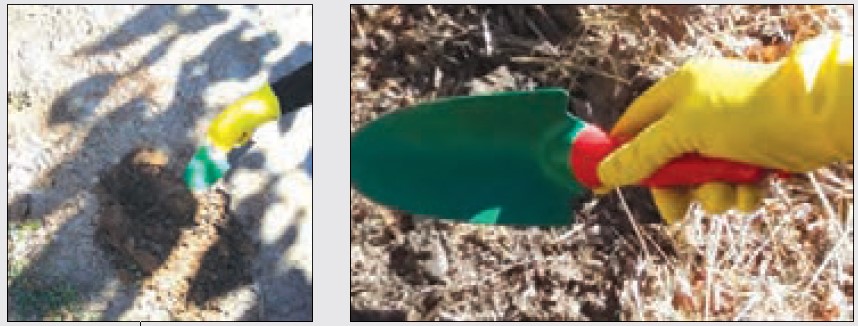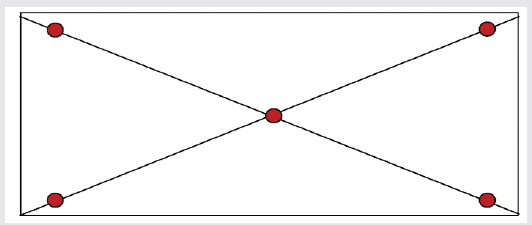
Time and conditions of agricultural soil sampling
javid keshtleyzeri Co.ltd
The best time to take samples from fields is one month before planting or one month after harvesting. Because during these times, the soil conditions are more stable and the obtained results are more reliable. Also, controlling and improving the soil is much easier and costs less.
The best soil conditions in terms of moisture for sampling are provided in the so-called Gavro state (soil moisture is at the level of agricultural capacity), which generally occurs a few days after field irrigation or rainfall. A very wet ground will disturb the movement of the sampler, and in a very dry ground, the sampling drill or shovel will enter the ground with difficulty, and on the other hand, the soil inside the drill will fall out of the hole before rising up.
Determining the level of land
Required tools and equipment: shovel, personal safety equipment
1. After getting ready to work and following the safety precautions to determine whether the ground is gauro, perform the following operational steps.
2. With a shovel, remove surface debris and some soil from the surface of the ground.

Taking soil samples to determine soil moisture
3 Insert the shovel into the soil relatively vertically and pour out the soil inside.
4. With the tip of the shovel, take some soil from the wall of the created gap and place it in the palm of your hand.
5 Make a fist. Pay attention to the change in the shape of the soil mass in the palm.
6 If the soil in your hand does not stick together, the humidity is less than the limit of gauro.
7 If the soil forms a ball or cylinder and makes your hand muddy or wet, the moisture is more than the gauro limit. To be sure, drop the ball or cylinder at a height of about one meter towards the ground. In high humidity, the ball does not fall apart, but expands. But if it falls apart, the soil moisture is in the condition of cows.
Separation of lands for sampling
In soil sampling, soil color, soil texture, land slope and the way of farm management should be taken into consideration, because in places where the land slope is more, during rainfall and irrigation, nutrients and soil minerals are more threatened. And they disappear, and on the contrary, in the hollow areas, the accumulation of salts and nutrients is more. If there are small parts whose soil is, for example, sandy and different from other soils, the soil sample of this part should not be mixed with other samples. In the field of farm management, the state of fertilization and the type of cultivation are important, for example, when a part of the land has been used with one type of fertilizer or a certain plant has been planted in the last crop year, and another type of fertilizer and plant has been allocated to the other part. Their soil should not be mixed with each other.

Plotting land for sampling
Determining the location of agricultural soil sampling
1. From the sketch prepared and the determined conditions, divide the land into pieces if needed.
2 Determine the direction of movement in each part for sampling. In fields that are rectangular or square, draw their diameters and prepare one sample from the intersection of the diameters and four samples from the vertices with a little distance to the end.

Determining sampling locations in rectangular or square plots
In fields with an irregular geometric shape, the movement of the sampler is zigzag or spiral, in such a way that a sample is taken at each change of direction.

Determining the location of sampling in lands with an irregular geometric shape
In fields with an irregular geometric shape, the movement of the sampler is zigzag or spiral, in such a way that a sample is taken at each change of direction.
3. Knock the first jalan or wooden nail in a corner of the ground at a distance of 10 meters from the sides of the ground.
4, according to the plan of the route, beat the other jalans at least every 25 meters.
5 Check the designated areas and prepare for soil sampling.
In the following material, we will learn about the types of soil and its sampling.






